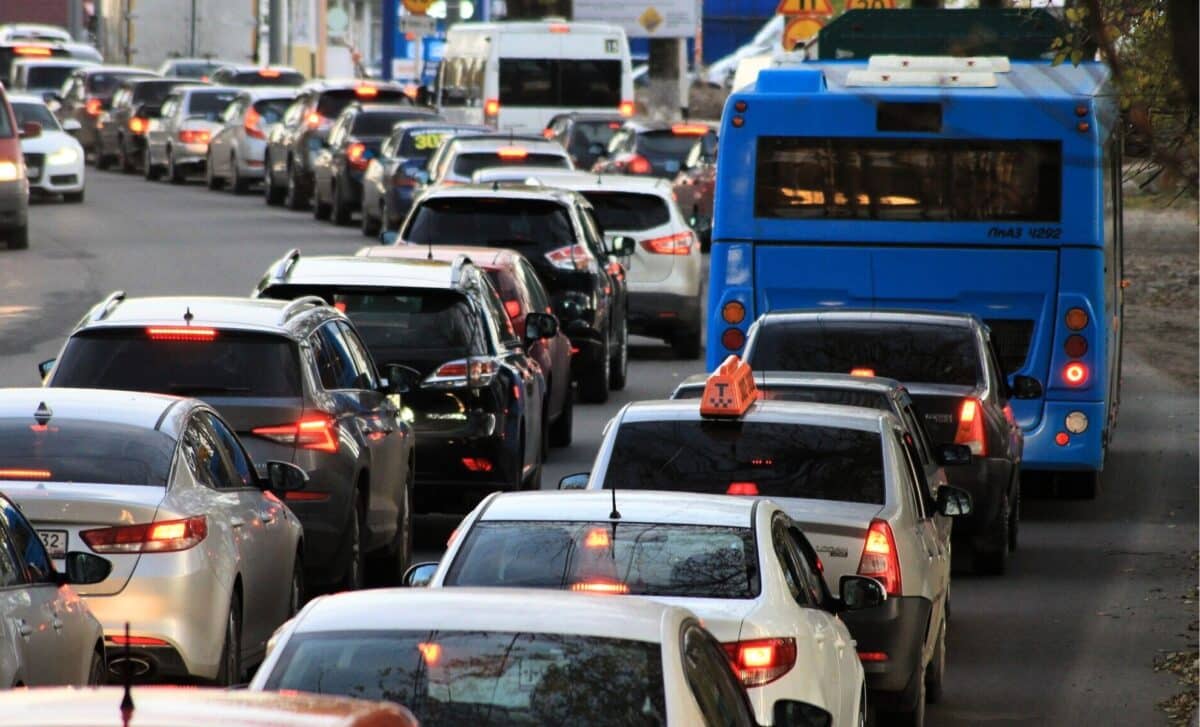Starting July 1, 2025, significant updates to road rules will take effect across Australia, impacting everything from mobile phone usage to speed limits and fines. While these changes may seem drastic, they are aimed at improving road safety and reducing accidents across the country. According to a recent report by Yahoo News, these updates are designed to enhance enforcement and address growing concerns over traffic safety.
Mobile Phone Detection Gets Smarter: AI-Powered Surveillance Cameras Roll Out Nationwide
One of the most significant updates to road rules involves the expansion of mobile phone detection technology. From July 1, AI-powered surveillance cameras will be deployed across Australia to detect drivers who are holding, using, or even touching their mobile phones while behind the wheel. These cameras are designed to catch offenders, even when they are stopped at traffic lights.
The penalties for breaking this rule are steep: fines can reach up to $1209, along with the loss of five demerit points. This measure is part of a broader push to eliminate distractions while driving, as mobile phone use remains a leading cause of accidents and fatalities on the roads. The introduction of these advanced detection systems represents a significant leap in road safety enforcement, relying on the power of AI to make roads safer.
Speed Limit Revisions Across Multiple States
In addition to the crackdown on mobile phone usage, many states are implementing changes to speed limits in response to a rising number of road fatalities. In New South Wales (NSW), for instance, the state government is increasing penalties for those who fail to wear their seatbelts. According to NSW government data, 15% of road fatalities between 2019 and 2023 involved individuals who were not wearing seatbelts, highlighting the critical need for enforcement.
Other states are also revising speed limits to enhance safety. In Queensland, for instance, speed limits in popular tourist areas will be reduced from 50 km/h to 40 km/h to better accommodate high pedestrian traffic and reduce accidents. This decision follows the recognition that certain high-traffic zones require more caution and lower speeds to ensure everyone’s safety.
Stricter Penalties for Non-Compliance in Victoria
Changes are also coming to Victoria with a revision of road rule 79A, which now mandates that drivers must slow down to 40 km/h when approaching any stationary or slow-moving vehicles displaying flashing lights or alarms. This includes not only emergency vehicles but also tow trucks and incident response vehicles.
The expansion of this rule is intended to protect workers and emergency responders on the roads. Failure to comply could result in fines ranging from $346 to $961, though there is no penalty involving demerit points. As one official remarked, “Failure to comply may result in a noncompliance fine of $346 and a maximum fine of $961.”
Queensland’s Increased Fines and Registration Costs
Queensland drivers will see an increase in registration costs and fines starting July 1. The state’s former freeze on these charges, which was set to last until September 2025, will be lifted. This means that Queensland drivers will face higher fines for speeding, seatbelt violations, and mobile phone infractions. In addition, speed limits will be reduced in some popular tourist areas, such as the Hervey Bay Esplanade, where the limit will drop from 50 km/h to 40 km/h.
This move follows the government’s recognition of the need to better regulate and enforce road safety in high-traffic zones. It also aims to generate revenue for further safety initiatives, but the increases have raised concerns among local drivers.
South Australia’s New Rules: Slow Down Near Emergency Vehicles
In South Australia, a new rule will come into effect requiring drivers to slow down to 25 km/h when passing roadside or breakdown recovery vehicles with flashing amber lights. This new regulation applies only to vehicles on multi-lane roads and not to those traveling on the opposite side of the road. Failure to comply with this rule could result in fines up to $1648, along with the potential for seven demerit points. The rule aims to protect roadside workers and prevent accidents involving stationary vehicles.
Western Australia’s Speed Limit Adjustments
In Western Australia, speed limits on certain roads will be significantly reduced in response to the state’s growing road toll. For example, on sealed roads west of the Bussell Highway, speed limits will drop from 80 km/h to 70 km/h. Similarly, on major urban roads, such as Bayview Drive entering Gracetown, speed limits will be lowered from 70 km/h to 60 km/h. In areas with high pedestrian activity, such as the Augusta town centre, the speed limit will be reduced to just 40 km/h.
This decision is part of a broader effort to reduce road fatalities in the region and ensure that drivers adjust to local conditions. Local authorities have pointed out that speed limits will be reduced across much of the country from July 1 in response to the increasing number of accidents and fatalities.









